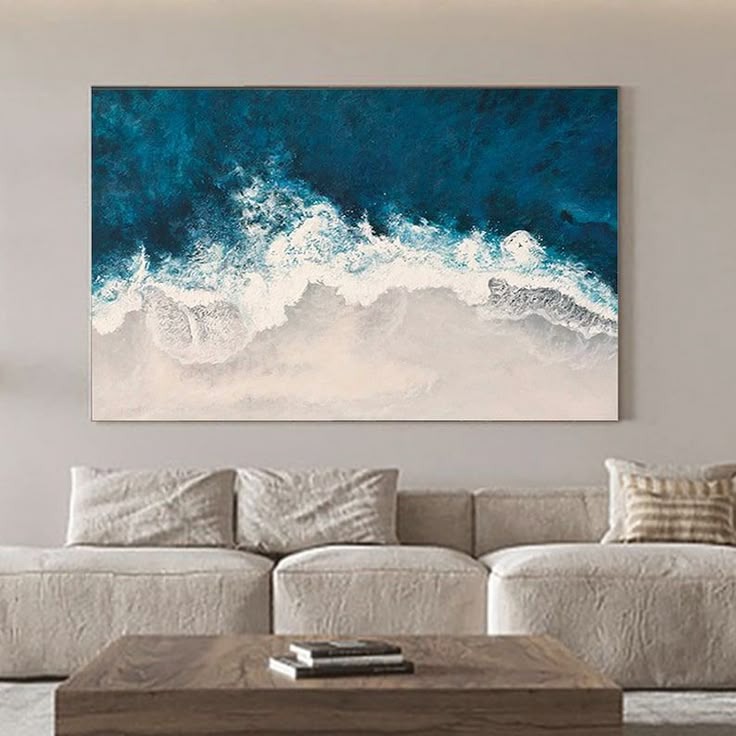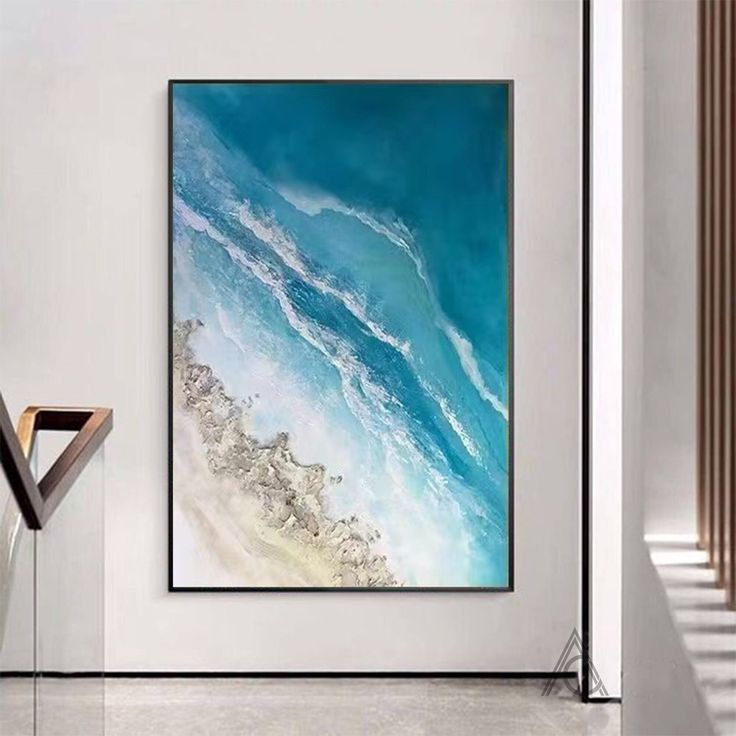No products in the cart.: 0.00 $
The Soul of Canvas: Art, Identity, and the Eternal Power of Visual Expression

Canvas paintings, more than any other form of visual art, embody a rare convergence of material simplicity and emotional complexity. A single stretched piece of cloth becomes a realm where colors breathe, stories unfold, and the human experience is transcribed through layers of pigment and passion. The canvas is not merely a tool for artists—it is a portal between the invisible and the visible, the mind and the material, the personal and the universal. Throughout history, canvas paintings have served as documents of time, bearers of beauty, and instruments of introspection. Today, they continue to evolve, maintaining their relevance in an era defined by fleeting digital visuals and rapidly changing aesthetics.
The story of canvas begins with its quiet entry into European art during the Renaissance, when artists sought alternatives to the cumbersome and brittle wooden panels previously used for painting. The flexibility of canvas, paired with its relative affordability and ability to absorb pigment in nuanced ways, revolutionized the creative process. Painters could now work on larger scales, explore more ambitious compositions, and experiment with techniques that gave rise to dramatic light contrasts, emotional realism, and intricate texture. Canvas, as a surface, became synonymous with artistic freedom.
Oil painting, which remains one of the most dominant mediums applied to canvas, transformed the way artists communicated with viewers. The slow drying time of oil allowed for careful blending, revisions, and subtle transitions between light and shadow. This gave rise to masterpieces where human faces revealed sorrow, joy, and ambiguity in equal measure. The works of Titian, Vermeer, Velázquez, and many others would not have been possible without the canvas’s quiet receptivity to the painter’s hand. The painting was no longer just an image—it was a living presence that demanded attention and introspection.
As canvas art flourished, its function expanded beyond the religious and aristocratic contexts of early Europe. During the 17th and 18th centuries, the middle classes began commissioning art, leading to a shift in subject matter. Genre scenes, pastoral landscapes, and domestic vignettes became popular, reflecting a growing appetite for relatable, human-centered themes. The rise of portraiture during this time, especially on canvas, allowed individuals to define and preserve their identities, immortalizing family members, cultural attire, and even aspirations in pigment. Canvas had become a mirror in which society saw itself—both in its ideals and in its contradictions.
The 19th century marked a pivotal moment in canvas painting’s evolution. Romanticism and Realism set the stage for the more radical departures that followed. With Impressionism, the focus shifted toward light, atmosphere, and the fleeting moments of daily life. Artists like Monet and Renoir used rapid brushwork and unconventional composition to capture the world not as it was, but as it was felt. The canvas became less about precise representation and more about sensation and mood. It encouraged viewers to engage emotionally rather than intellectually, to surrender to experience instead of seeking meaning.
This emotional engagement reached new heights with the advent of Expressionism and Abstract art. Painters such as Van Gogh, Kandinsky, and later Rothko and Pollock treated the canvas as a battlefield where the unconscious could erupt in color and motion. Gone were the orderly structures and clear narratives. In their place came raw energy, spiritual searching, and deep psychological inquiry. The canvas had morphed again—this time into a site of existential dialogue. It was no longer simply a medium for depiction, but an extension of the artist’s psyche and soul.
The 20th century also saw canvas become a tool for political and social commentary. From Picasso’s haunting Guernica to the bold visual language of Mexican muralists like Diego Rivera, canvas art became a voice for the oppressed, a critique of power, and a call for justice. Artists used the canvas not just to portray the world but to change it. This tradition continues today, with many contemporary painters addressing issues such as climate change, racial inequality, gender identity, and mental health through their canvas work. These paintings do not exist in isolation; they participate in a global conversation about the future of humanity.
Beyond the elite art world, canvas paintings have carved a permanent place in everyday life. In homes, offices, cafes, and public spaces, canvases contribute to atmosphere and identity. A single painting can elevate a room from bland to inspired. Abstract forms might create a sense of calm or dynamism. Figurative scenes can evoke nostalgia or curiosity. The appeal of canvas in interior design lies not just in its visual impact but in its tactile authenticity. Unlike mass-produced prints, a hand-painted canvas carries the evidence of creation: the brushstrokes, the texture, the slight imperfections that mark it as uniquely human.
The psychological and emotional benefits of engaging with canvas art are increasingly recognized by psychologists and educators alike. Studies suggest that viewing or creating art can activate the brain’s reward systems, reduce stress, and increase empathy. Canvas painting, whether as a form of art therapy or personal hobby, allows individuals to process complex feelings and externalize inner experiences. It becomes a form of storytelling where language fails, offering healing through image, shape, and hue.
Technological advancements have further expanded the reach and possibilities of canvas painting. Digital platforms now allow artists to share their works globally, connect with patrons, and receive feedback from diverse audiences. At the same time, traditional canvas painting has gained new relevance in contrast to the ephemeral nature of digital art. In a world saturated with screens and algorithms, the slow, manual process of painting feels sacred—an act of defiance against instant gratification. Collectors and art lovers seek canvases not just for their visual beauty, but for the process, discipline, and passion they represent.
Artists today continue to push the boundaries of canvas art by integrating mixed media, found objects, and unconventional materials. Paint is combined with fabric, paper, metal, and even LED lights to create multi-dimensional works that blur the line between painting and sculpture. The surface of the canvas becomes a site of layered histories and interactions, refusing to be confined by tradition. This spirit of experimentation keeps the form alive and ever-relevant, inviting future generations to find their own voices within its fibers.
Cultural diversity has also redefined what canvas painting can be. Indigenous artists reinterpret ancient symbols and storytelling traditions through modern materials. African and Asian artists challenge Western aesthetics and narratives, bringing new textures, colors, and cosmologies into view. Latin American painters blend folklore, politics, and spirituality into vibrant compositions that pulse with meaning. These contributions not only enrich the global art scene but also challenge dominant paradigms, reminding us that art must speak in many tongues.
In educational institutions, canvas painting remains a powerful tool for teaching creativity, patience, and observation. Students learn not only how to paint, but how to see—how to interpret the world in detail and nuance. Through painting, they develop visual literacy, critical thinking, and a deeper appreciation for culture and history. The classroom easel becomes a space for discovery, not just of technique but of self.
As we look to the future, the role of canvas paintings in society appears as vital as ever. They remind us of our capacity to feel deeply, to communicate without words, and to build bridges between strangers through shared experience. In a fragmented world, art offers a rare moment of unity—a common language of emotion that transcends background, belief, and geography. Canvas paintings do not provide answers, but they ask the right questions. Who are we? What do we value? What do we fear, and what do we hope?
Ultimately, the soul of canvas is the soul of humanity itself—complex, evolving, wounded, and wondrous. Each painting is a heartbeat captured in color, a memory preserved in motion, a whisper that travels across time. Whether hanging in the Louvre or in a modest apartment, it speaks. And in listening, we remember who we are and what we are capable of becoming



